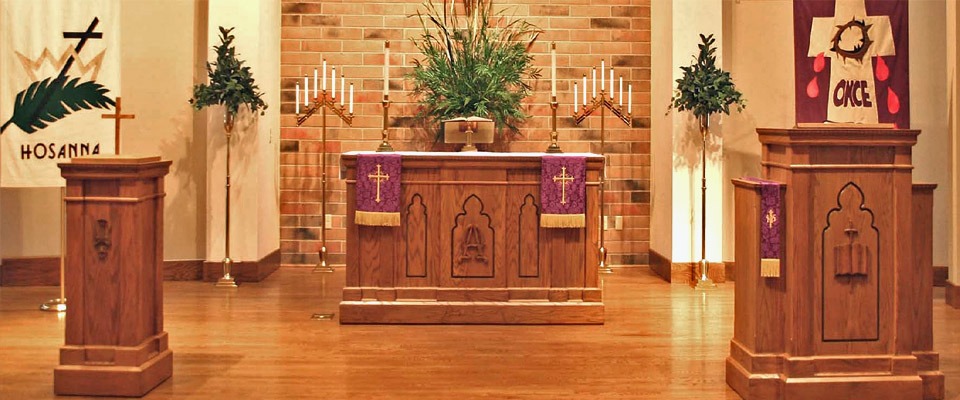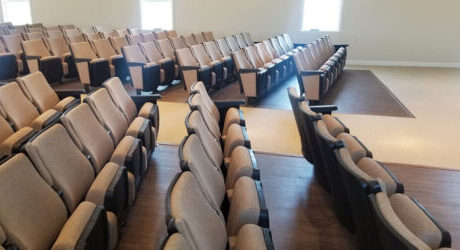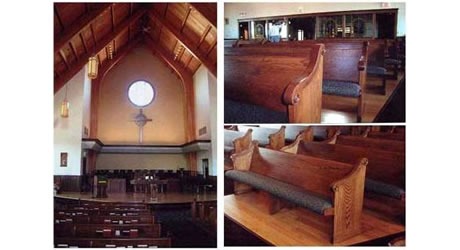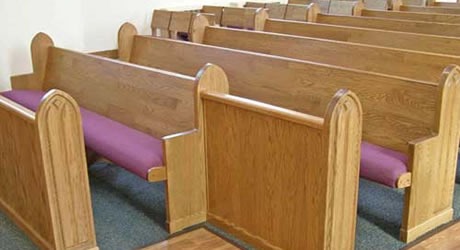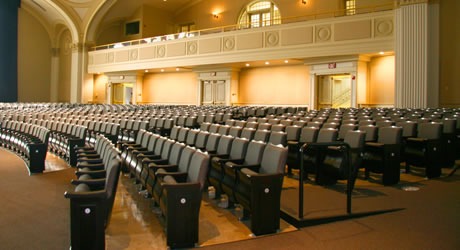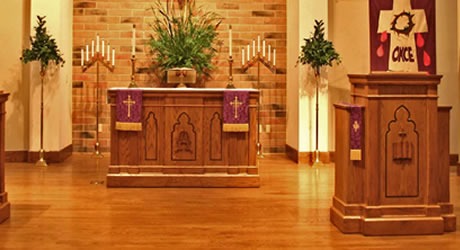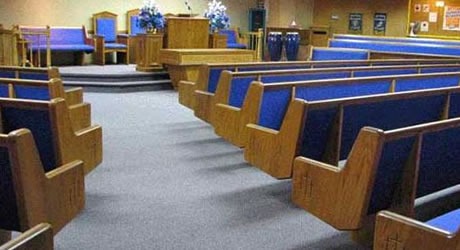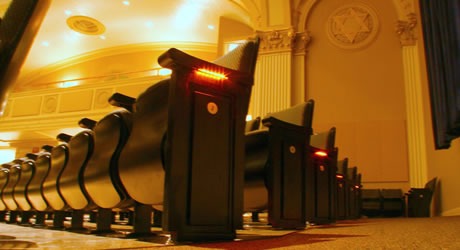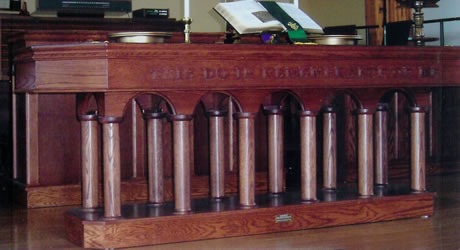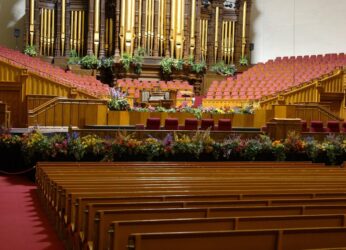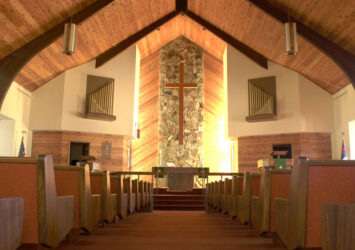Creating Sacred Spaces: The Role of Church Furniture Design in Spiritual Engagement
Church furniture design plays a significant role in creating sacred spaces that foster spiritual engagement and worship. Thoughtfully crafted and purposeful furniture can enhance the overall atmosphere, promote congregation participation, and support meaningful encounters with the divine. This guide explores the key elements and considerations for designing church furniture that facilitates spiritual engagement and creates sacred environments.
Symbolic Significance
Church furniture should embody symbolism that aligns with the faith and values of the congregation. Incorporating religious motifs, crosses, or sacred geometric patterns into furniture design can evoke spiritual contemplation and reverence.
Comfort and Ergonomics
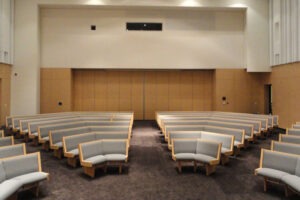 Comfortable seating and ergonomic design are crucial for congregants to focus and engage in worship. Chairs and pews should provide adequate support, padding, and ample space to ensure physical comfort during extended periods of sitting.
Comfortable seating and ergonomic design are crucial for congregants to focus and engage in worship. Chairs and pews should provide adequate support, padding, and ample space to ensure physical comfort during extended periods of sitting.
Flexibility and Adaptability
Church furniture should be adaptable to accommodate different worship styles and events. Movable seating options, modular furniture, and adjustable elements allow for seamless transitions between traditional services, contemporary gatherings, or community events.
Spatial Flow and Arrangement
Consider the flow and arrangement of furniture to enhance spatial dynamics within the worship space. Strategic placement of seating, altars, lecterns, and other elements creates a sense of balance, harmony, and focal points that direct attention towards worship and spiritual experiences.
Natural Materials and Aesthetics
 Utilize natural materials such as wood, stone, or metals to create a connection with nature and the divine. Incorporating organic textures, earthy tones, and visually appealing aesthetics in furniture design can evoke a sense of beauty and transcendence.
Utilize natural materials such as wood, stone, or metals to create a connection with nature and the divine. Incorporating organic textures, earthy tones, and visually appealing aesthetics in furniture design can evoke a sense of beauty and transcendence.
Acoustic Considerations
Furniture design should account for acoustic properties within the worship space. Materials that absorb or diffuse sound can improve the acoustics, allowing for clear and immersive experiences during spoken word, music, and congregational singing.
Accessibility and Inclusivity
Ensure church furniture is accessible and inclusive to all members of the congregation. Consider the needs of individuals with disabilities, including appropriate seating arrangements, wheelchair access, and clear pathways for movement.
Craftsmanship and Quality
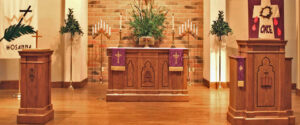 Emphasize craftsmanship and quality in the construction of church furniture. Well-built and durable pieces not only contribute to the aesthetics but also signify the importance placed on the sacred space and the worship experience.
Emphasize craftsmanship and quality in the construction of church furniture. Well-built and durable pieces not only contribute to the aesthetics but also signify the importance placed on the sacred space and the worship experience.
Church furniture design plays a vital role in creating sacred spaces that facilitate spiritual engagement and worship. By incorporating symbolic significance, prioritizing comfort and ergonomics, allowing for flexibility, and considering spatial dynamics, materials, acoustics, accessibility, and craftsmanship, designers can contribute to the creation of inspiring environments where congregants can connect deeply with their faith and the divine.



